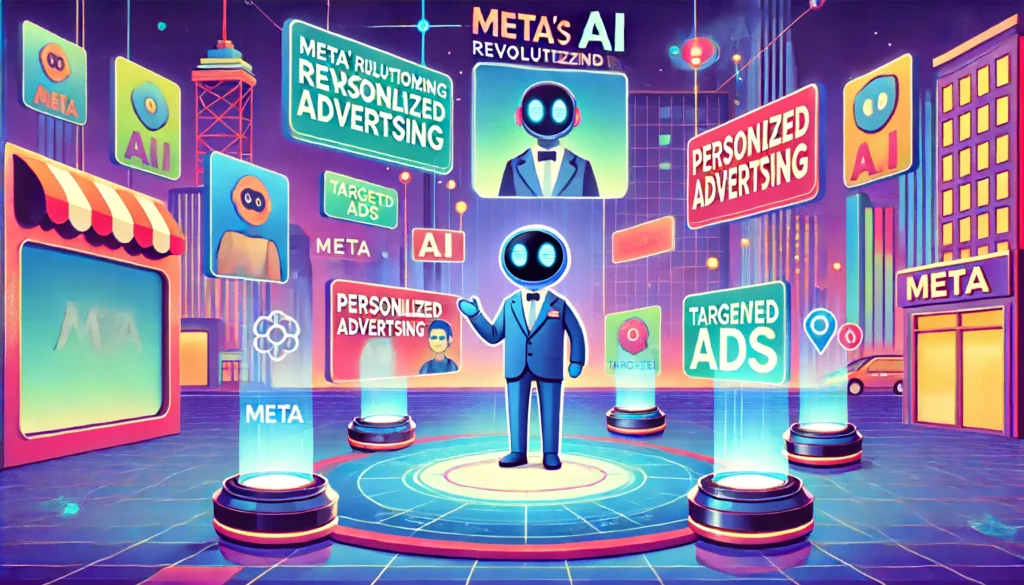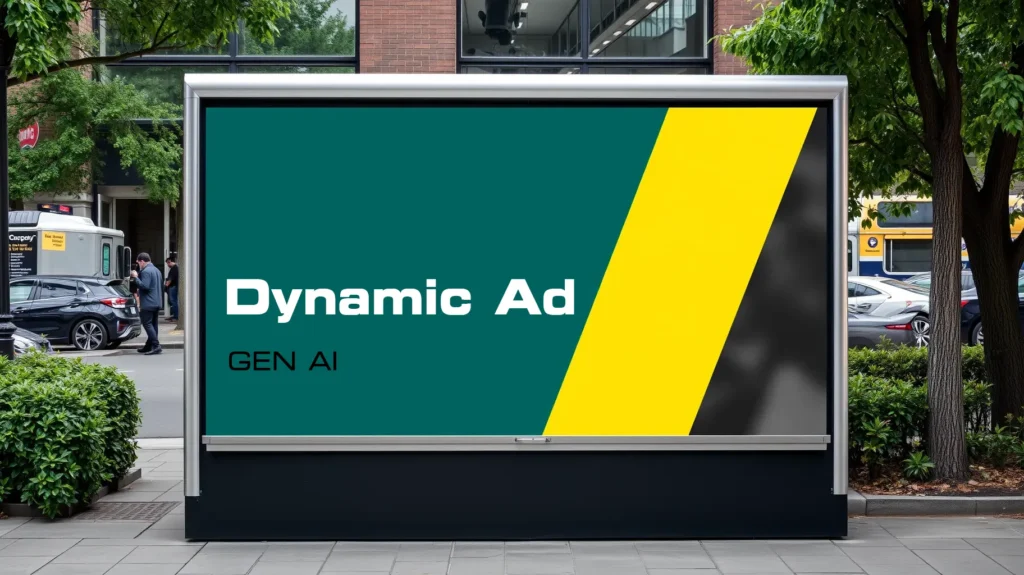
The race for audience attention is fiercer than ever. The sheer volume of content being produced daily has made it increasingly difficult for creators and businesses to cut through the noise. The Pyramid Attention Broadcast (PAB) emerges as a response to this challenge, offering a sophisticated approach that not only captures attention but also converts casual viewers into dedicated followers. This new paradigm in content distribution is poised to change the way we think about and approach audience engagement.
The Limitations of Traditional Content Distribution
Traditional content distribution models often focus on a one-size-fits-all approach, pushing content across platforms without fully considering the varied needs and engagement levels of different audience segments. These methods typically prioritize reach over engagement, aiming to get content in front of as many eyes as possible. While this strategy may yield high initial visibility, it often fails to create lasting connections or foster audience loyalty. The result is a high turnover of viewers and a low rate of conversion to long-term followers.
Enter Pyramid Attention Broadcast: A Tiered Approach
The Pyramid Attention Broadcast model disrupts this traditional approach by introducing a tiered system of content distribution, where the audience is segmented into different levels based on their engagement and interest. This structure allows for a more targeted and personalized approach to content creation and dissemination, ensuring that each audience segment receives the type of content that resonates most with them.

Pyramid Diagram of Audience Engagement Levels
The Base of the Pyramid: Broad Appeal Content
The base of the pyramid represents the largest portion of your audience—those who are casually interested or have just discovered your content. At this level, the goal is to capture attention quickly and effectively. Content designed for this tier should be broad, easily digestible, and highly shareable.
Examples include:
- Viral videos: Short, impactful clips designed to be shared widely.
- Listicles and infographics: Visually appealing and quick to consume.
- Memes and trending topics: Leveraging current trends to attract a wide audience.
The key to success at this level is to create content that appeals to the masses while also serving as a gateway to more specialized material.
The Middle of the Pyramid: Engaging Content
As you move up the pyramid, the audience becomes smaller but more engaged. These individuals have moved beyond casual interest and are beginning to invest more time in your content. The middle of the pyramid is where you start to build relationships with your audience.
Examples include:
- In-depth blog posts: Articles that explore topics in detail, offering valuable insights.
- Educational videos: Tutorials or explainer videos that provide more substantial content.
- Podcasts: Long-form discussions that allow for deeper dives into topics of interest.
The focus here is on engagement—encouraging your audience to spend more time with your content and to begin seeing you as a valuable resource.
The Apex of the Pyramid: Exclusive Content
At the very top of the pyramid are your most engaged and loyal followers. These are the people who not only consume your content but actively seek it out. They are likely to become advocates for your brand, helping to spread your message within their networks. The content at this level is highly specialized and often exclusive.
Examples include:
- Premium newsletters: Curated content that is only available to subscribers.
- Insider access: Early access to new products, behind-the-scenes content, or exclusive events.
- One-on-one interactions: Personalized coaching, consultations, or live Q&A sessions.
At this level, the goal is to nurture loyalty and create a sense of community around your content.
Optimizing Content for Each Pyramid Level
To successfully implement the Pyramid Attention Broadcast model, it’s crucial to tailor your content to the specific needs and preferences of each audience tier. This requires a deep understanding of your audience, including their demographics, behaviors, and preferences.
- Base Content: Optimize for shareability. Use bold headlines, engaging visuals, and clear, concise messaging to capture attention quickly.
- Middle Content: Focus on value and relevance. Provide content that answers questions, solves problems, or offers new perspectives.
- Apex Content: Enhance exclusivity and personalization. Make your most engaged audience feel special by offering them content they can’t get anywhere else.
Distribution Strategies Across the Pyramid
Once you’ve created content for each level of the pyramid, the next step is to distribute it effectively. Different distribution channels will work better for different tiers of the pyramid.
- Base Tier: Utilize platforms with broad reach such as social media, SEO-optimized blog posts, and email blasts. The objective here is to maximize visibility and draw in as many people as possible.
- Middle Tier: Leverage platforms that allow for deeper engagement, such as YouTube for long-form video content, podcast platforms, and webinars. These channels are perfect for content that requires more time and attention.
- Apex Tier: Use more exclusive and personalized channels like private newsletters, membership sites, and community platforms such as Discord or Patreon. These channels help maintain the intimate, exclusive feel that this tier demands.
Metrics and Analytics: Measuring Success
To refine your Pyramid Attention Broadcast strategy, it’s essential to track the performance of your content at each level of the pyramid. Key metrics to consider include:
- Base Tier: Track metrics like views, shares, and click-through rates to gauge the initial reach of your content.
- Middle Tier: Focus on engagement metrics such as watch time, comments, and social media interactions. These will indicate how well your content is resonating with the audience.
- Apex Tier: Look at metrics related to retention and conversion, such as subscription rates, repeat visits, and lifetime value of your most loyal followers.
By continuously monitoring these metrics, you can adjust your content and distribution strategies to better meet the needs of your audience at each tier of the pyramid.

Understand how success is measured differently at each level of the pyramid, emphasizing the importance of tailored metrics.
Case Studies: Pyramid Attention Broadcast in Practice
Several brands and influencers have successfully implemented the PAB model, each tailoring it to their unique audience.
- Nike: At the base, Nike uses viral ad campaigns and social media to capture broad attention. The middle tier focuses on more targeted content, like behind-the-scenes videos and athlete interviews. At the apex, Nike offers exclusive products and early access to loyal customers through its NikePlus membership.
- Gary Vaynerchuk: Gary Vee uses this model by producing a wide range of content, from short clips and memes for mass appeal to in-depth podcasts and keynote speeches for more engaged followers. His apex content includes exclusive, high-ticket events and personalized advice sessions.
These examples demonstrate the versatility of the PAB model across different industries and audience types.

Explanation:
- Overview of Traditional Strategy: The first section of the infographic, highlighted in red, summarizes the traditional approach to content distribution, focusing on broad, undifferentiated content with limited interaction.
- Steps to Implement PAB: The green section outlines the key steps taken to implement the PAB model, including audience segmentation, tailored content creation, and multi-platform distribution.
- Outcomes at Base Level: The blue section details the outcomes achieved at the base level of the pyramid, such as increased views and social media shares.
- Outcomes at Middle Level: The yellow section describes the results at the middle level, emphasizing improved engagement rates and longer time spent on content.
- Outcomes at Apex Level: The final section, in purple, highlights the outcomes at the apex level, including higher conversion rates and increased subscription renewals.
Could Pyramid Attention Structures Revive Traditional Channels?
Understanding the Shift in Audience Behavior
Over the past decade, audience behavior has shifted dramatically. People now consume content across multiple platforms, often simultaneously. This multiscreen environment has fragmented attention, making it difficult for traditional media to capture and hold an audience. The rise of digital media has exacerbated this challenge, as on-demand content and social media platforms provide a level of personalization and immediacy that traditional channels struggle to match.
Despite these challenges, traditional channels still have significant reach and authority. What they lack is the ability to engage audiences at the deeper levels that digital platforms excel at. This is where the Pyramid Attention Broadcast model can make a significant impact.
Applying the Pyramid Attention Structure to Traditional Channels
The Pyramid Attention Broadcast model is built on the idea of engaging audiences at different levels of interest and commitment. By applying this model, traditional channels can better segment their audience and tailor content to meet the specific needs of each segment.
Base Level: Capturing Broad Attention
Traditional channels like television and radio have always been strong in attracting large, general audiences. The base of the pyramid in the PAB model corresponds to this broad appeal. However, to stay competitive, these channels need to modernize their content to capture the attention of today’s multitasking viewers.
Strategies include:
- Interactive TV shows: Incorporate real-time social media integration where viewers can participate in live polls or discussions.
- Radio shout-outs and requests: Encourage listeners to interact via social media, creating a connection between online and offline experiences.
- Print media with QR codes: Add QR codes in print ads or articles that lead to exclusive online content or promotions.
These approaches aim to make the content more interactive and engaging, pulling in a broad audience while also providing an entry point to deeper levels of engagement.
Middle Level: Building Deeper Connections
At the middle level of the pyramid, traditional channels can focus on audience retention by creating more targeted and specialized content. This is where traditional media can leverage their existing credibility and authority to build deeper relationships with their audience.
Strategies include:
- Specialized TV programming: Create niche content that appeals to specific interests, such as deep-dive documentaries or expert interviews, which can be supplemented by online forums or discussion groups.
- Radio series: Develop serialized content that encourages listeners to tune in regularly, such as investigative journalism pieces or serialized storytelling.
- Magazine subscriptions with exclusive access: Offer print subscribers access to exclusive digital content or events, creating a hybrid experience.
By aligning more closely with the interests and needs of their audiences, traditional channels can nurture a more engaged and loyal viewership.
Apex Level: Cultivating Loyalty and Advocacy
At the top of the pyramid, the focus shifts to cultivating a community of loyal followers who are deeply invested in the content. This is the most challenging level for traditional channels, as it requires a move from mass broadcasting to more personalized, exclusive experiences.
Strategies include:
- VIP access to events: Offer loyal viewers or subscribers exclusive invites to live events, behind-the-scenes tours, or meet-and-greet opportunities with their favorite personalities.
- Premium content subscriptions: Launch premium, ad-free subscriptions that provide early access to content, bonus material, or special editions.
- Community-driven content: Create spaces where loyal audiences can contribute to content creation or engage directly with content creators, such as moderated discussion groups or fan clubs.
These strategies aim to foster a sense of community and belonging among the most engaged audience members, turning them into advocates for the channel or brand.
Revitalizing Traditional Channels: The Potential Impact
By adopting the Pyramid Attention Broadcast model, traditional channels can regain their relevance and effectiveness in an increasingly digital world. This approach allows them to play to their strengths—such as broad reach and credibility—while also addressing their weaknesses, particularly in engaging audiences at deeper levels.
Potential impacts include:
- Increased viewer retention: By offering more tailored and engaging content, traditional channels can keep their audience engaged for longer periods.
- Enhanced brand loyalty: The apex level of the pyramid helps to build a strong, loyal community around the channel, reducing churn and increasing lifetime value.
- Cross-platform synergy: By integrating traditional and digital strategies, channels can create a more seamless and enriching viewer experience, leading to greater overall impact.
Challenges and Pitfalls
While the Pyramid Attention Broadcast model offers a robust framework for content distribution, it’s not without its challenges. One of the biggest hurdles is creating high-quality content at scale across all tiers. This requires significant resources and a well-coordinated team effort. Additionally, maintaining consistency in brand messaging while tailoring content to different audience segments can be difficult.
Another challenge is ensuring that your audience moves smoothly from one tier of the pyramid to the next. If there’s too much of a gap between the content at different levels, you may lose potential followers before they reach the apex. It’s crucial to design your content journey in a way that feels natural and engaging.
The Future of Pyramid Attention Broadcast
As digital platforms continue to evolve, the principles of the Pyramid Attention Broadcast model will likely become even more relevant. The increasing demand for personalized content and the rise of niche communities are trends that align perfectly with the PAB approach. Moreover, advancements in AI and data analytics will make it easier to segment audiences and deliver tailored content at scale.
In the future, we can expect to see more sophisticated applications of the PAB model, including dynamic content that adjusts in real-time based on audience engagement. This will further enhance the effectiveness of the pyramid structure and enable even deeper connections between content creators and their audiences.
Final Thoughts: Embracing the Pyramid Attention Broadcast
The Pyramid Attention Broadcast represents a powerful shift in how we think about content distribution. By recognizing that not all audiences are created equal and that engagement levels vary, this model allows for a more nuanced and effective approach to content creation and dissemination. As digital content continues to proliferate, those who adopt and refine the PAB model will be best positioned to capture and retain audience attention in the long term.
Whether you’re a brand looking to build a loyal customer base or an influencer aiming to deepen your connection with your followers, the Pyramid Attention Broadcast offers a proven path to success in the crowded digital landscape.





